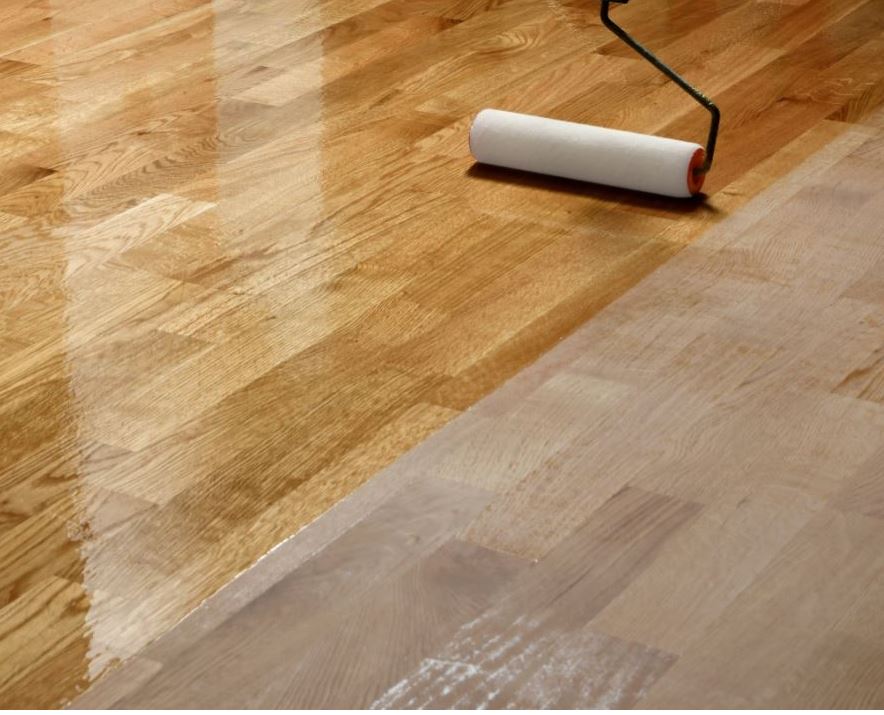Timber floors bring a timeless elegance to any home, offering a warm and inviting atmosphere. However, like any other aspect of your home, they require maintenance to keep them looking their best. Over time, timber floors can show signs of wear and tear, which may indicate the need for sanding and polishing. Here are five signs that your timber floors need some attention.
Visible Scratches and Scuffs
One of the most apparent signs that your timber floors need sanding and polishing is the presence of visible scratches and scuffs. These can occur from everyday activities, such as moving furniture, pets running through the house or general foot traffic. While some minor scratches can be addressed with timber floor scratch repair techniques, more extensive damage may require professional sanding and polishing. If you’re wondering how to get scratches out of hardwood floors, it might be time to call in the experts for a complete refresh.
Dull and Faded Appearance
Over time, the finish on your timber floors can wear away, leaving them looking dull and faded. This is often due to the natural wear and tear from foot traffic and exposure to sunlight. If your once vibrant floors have lost their shine and no longer reflect light as they should, it’s a clear sign that they need sanding and polishing. This process will restore the natural beauty of the timber and enhance the overall appearance of your floors, bringing back that fresh, polished look.
Water Damage
Timber floors and water do not mix well. Whether it’s from a spill that wasn’t cleaned up quickly, a plumbing leak or excessive humidity, water can cause significant damage to your floors. Signs of water damage include warping, discoloration and even a musty smell. If you notice any of these issues, it’s crucial to address them promptly. Sanding and polishing can often repair water damaged timber floors, but in severe cases, some boards may need to be replaced. Addressing water damage quickly can prevent more extensive repairs down the line.
Uneven Surface or Splinters
As timber floors age, they can become uneven or start to splinter. This can be due to changes in humidity, temperature fluctuations or simply the natural aging process of the wood. An uneven surface can be both unsightly and uncomfortable to walk on. If you notice any raised edges or splinters, it’s time to consider sanding and polishing. This process will smooth out the surface, making it safe and comfortable for your family to walk on, while also enhancing the aesthetic appeal of your flooring.
Stubborn Stains or Discoloration
Spills and stains are inevitable, especially in high-traffic areas like the kitchen or living room. While some stains can be easily cleaned, others may seep into the wood, causing discoloration that’s difficult to remove. If you’ve tried every cleaning method and still can’t get rid of those stubborn stains, sanding and polishing may be the only solution. This process will remove the top layer of the wood, eliminating the stain and revealing a fresh, clean surface underneath.
Conclusion
Regular maintenance is key to preserving the beauty and longevity of your timber floors. While minor issues can often be addressed with simple timber floor scratch repair techniques, more significant problems may require professional sanding and polishing. Whether you’re dealing with scratches, water damage or a dull appearance, addressing these issues promptly can prevent further damage and keep your floors looking their best.

